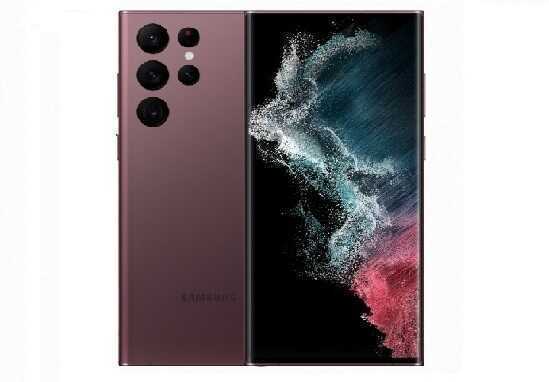
Samsung unveils Galaxy S22 series with 4nm chip and S-Pen

Samsung has updated its premium lineup of smartphones with the launch of Galaxy S22, S22+ and S22 Ultra, which includes S-Pen. The devices were unveiled at the Galaxy Unpacked virtual event and will be available in the US and other markets from February 25, 2022. The Galaxy S22 Ultra starts at $1199, the Galaxy S22+ will start at $999 and the Galaxy S22 will be available at $799.
The new smartphones run on an unspecified 4-nanometer (nm) chip, which can either be the Qualcomm Snapdragon 8 Gen 1 or Samsung's Exynos 2200 chip, both of which are based on the 4nm architecture.
Each caters to premium buyers with specific screen, battery and camera requirements. For instance, the Galaxy S22 is aimed at users who like compact devices with big enough screens. It has a 6.1-inch screen, weighs just 168g and has a smaller 3,700mAh battery. Meanwhile, the Galaxy S22+ is aimed at users who prefer big-screen phones. It offers a larger 6.6-inch display, has a 4,500mAh battery and tips the scales at 196g, which is still manageable as compared to other big-screen counterparts such as the iPhone 13 Pro Max which weighs 240g. The Galaxy S22 Ultra is aimed at productivity enthusiasts and creators. It has a 6.8-inch screen, a 5,000mAh battery and includes an in-built S-Pen, which as per the company offers 70% lower latency.
Though cameras have been a letdown in most of the recent high-end Samsung smartphones, Samsung is counting on the cameras on the new lineup. The company claims the new smartphones have 23% larger sensors as compared to their predecessors. The Galaxy S22 and S22+ have similar cameras- a 50MP main lens, 10MP tele lens with 3x optical zoom to capture long shots and 12MP ultra-wide lens for wide-angle shots. There is also a 10MP front camera.
Meanwhile, the Galaxy S22 Ultra has a 108MP main camera, a 10MP tele lens with 10x optical zoom, 12MP ultra-wide camera and a 40MP front camera. The Galaxy S22 Ultra also offers 100x space zoom that combines 10x optical zoom and 10x digital zoom to capture far off objects. A similar concept has been used in previous high-end Galaxy S series smartphones.
Samsung claims the new cameras use a technology called Adaptive Pixel that allows more light and can capture more details and capture colors. It also uses Artificial Intelligence (AI) to make images look sharper.
To minimize the environmental impact of using components particularly plastic in smartphones, Samsung said the new devices use 20% recycled ocean-bound plastic made from discarded fishing nets. The inner parts of the devices such as speaker and volume keys are also made of recycled material, the company added.
In addition to the new smartphones, Samsung also unveiled new tablets called Tab S8, Tab S8 Plus and Tab S8 Ultra with screen sizes ranging from 11 to 14-inch.

Next Article
